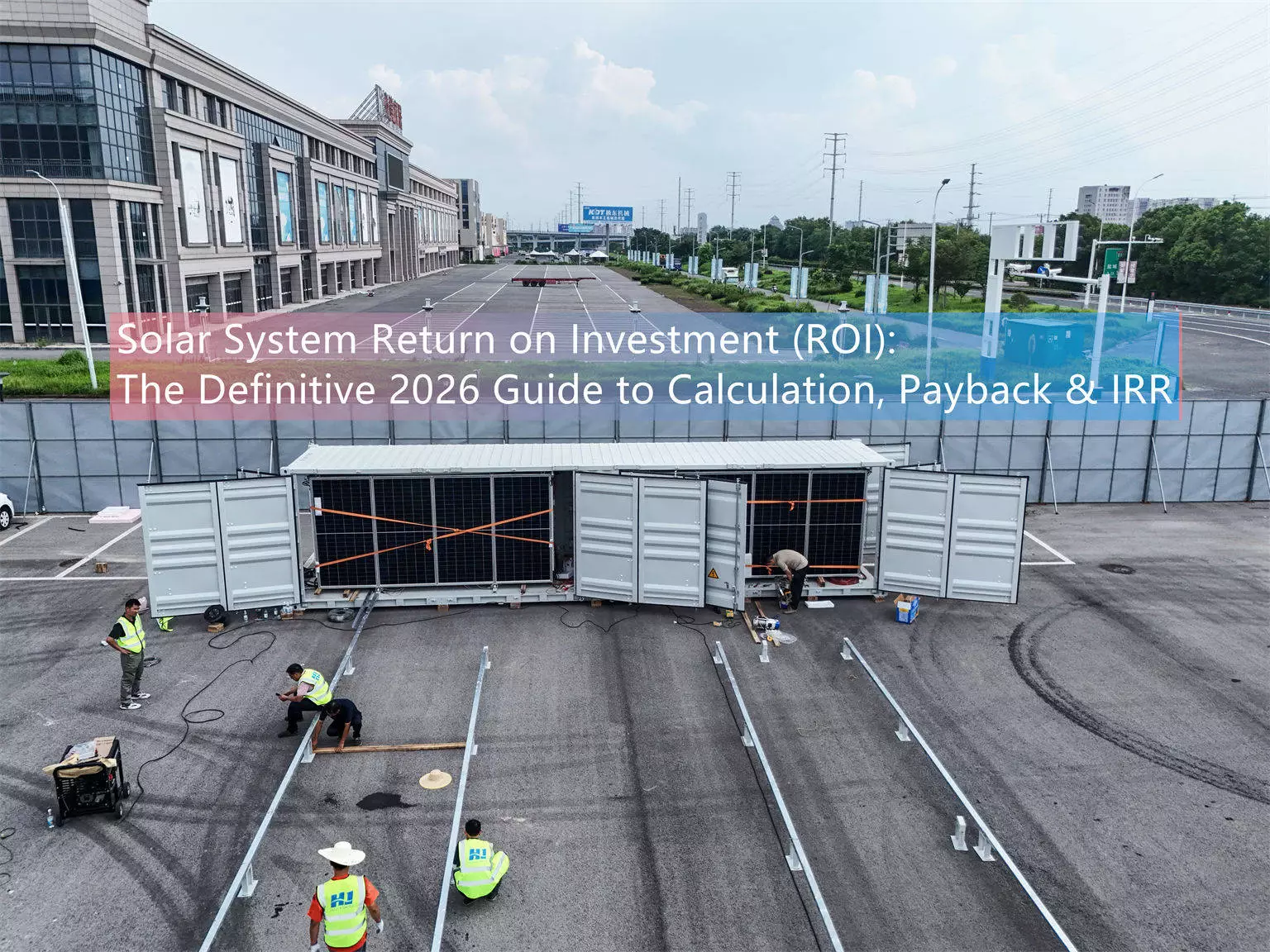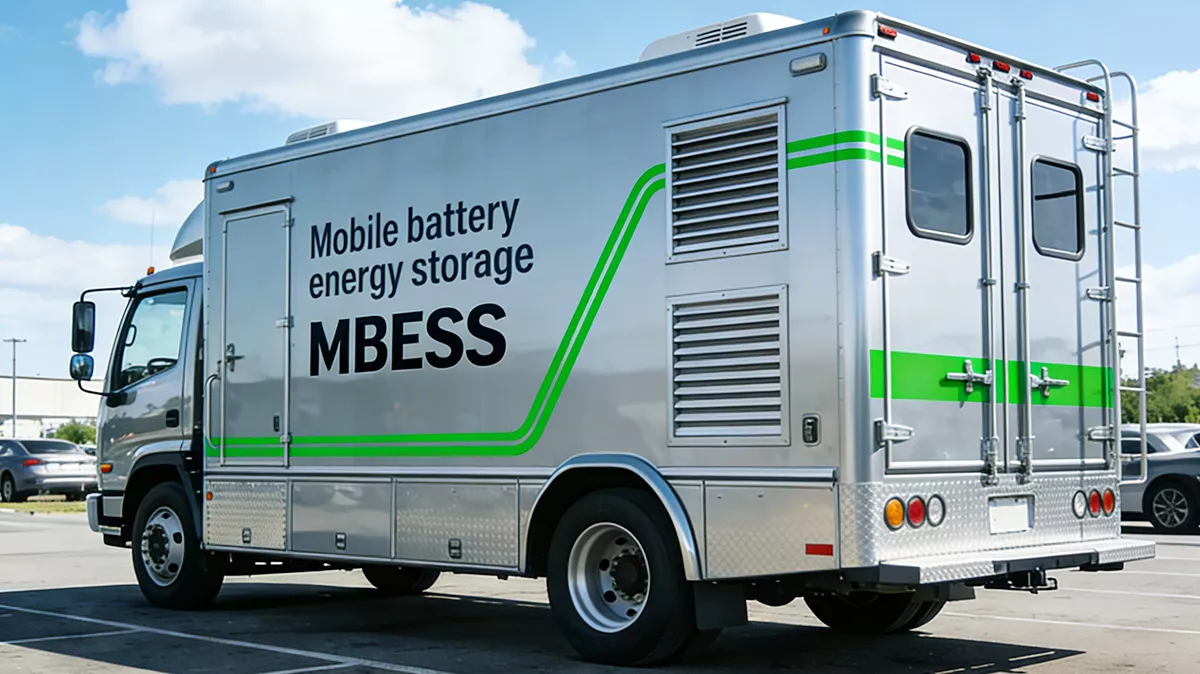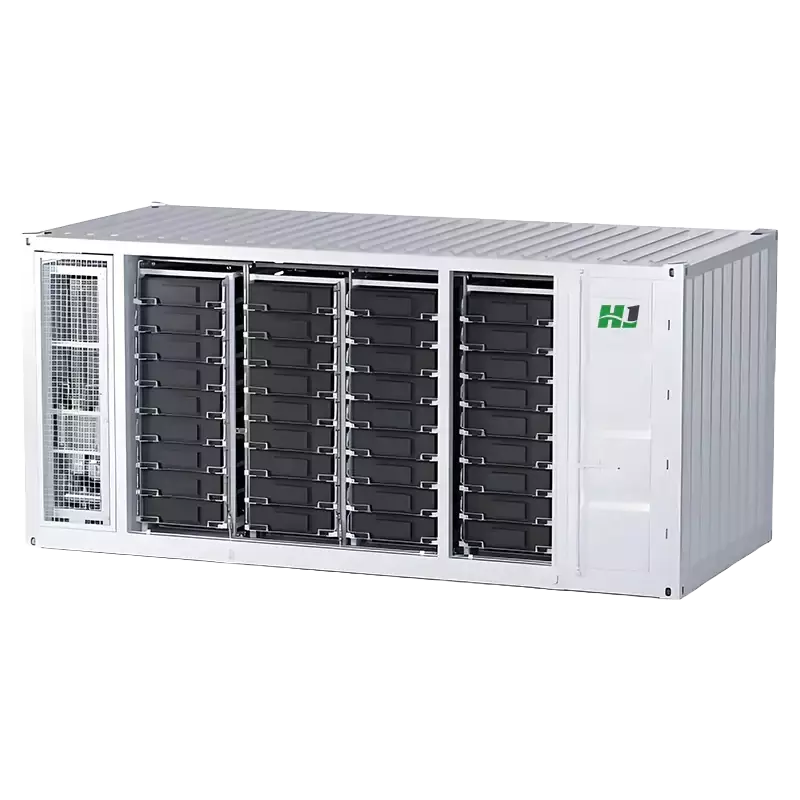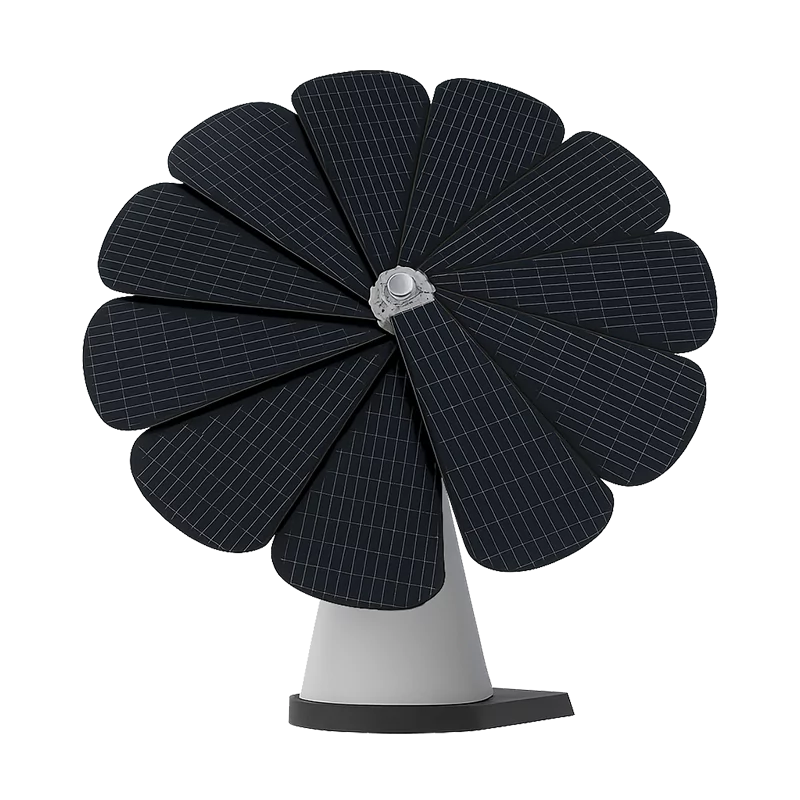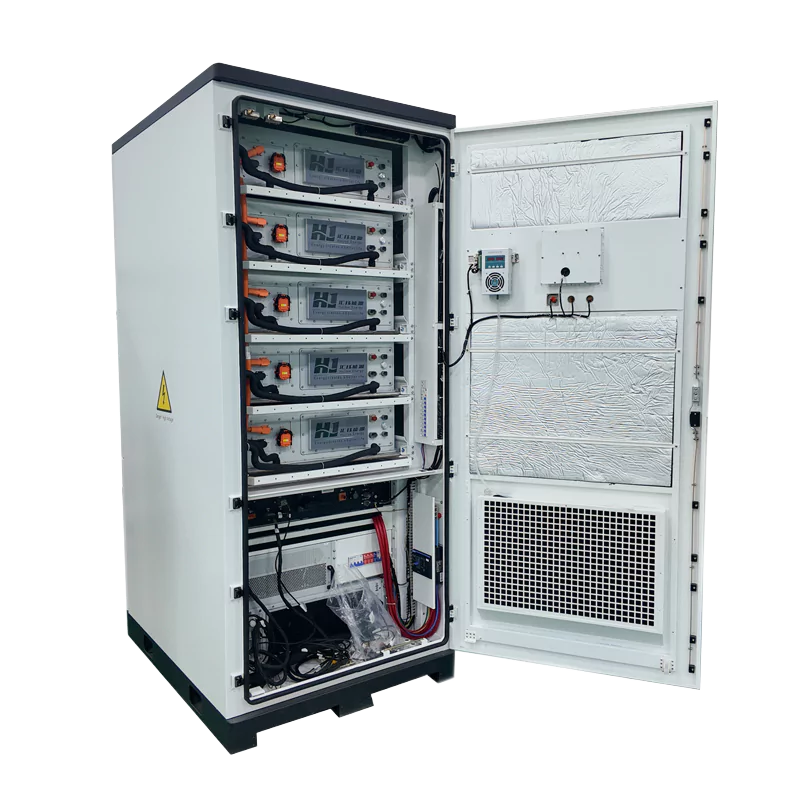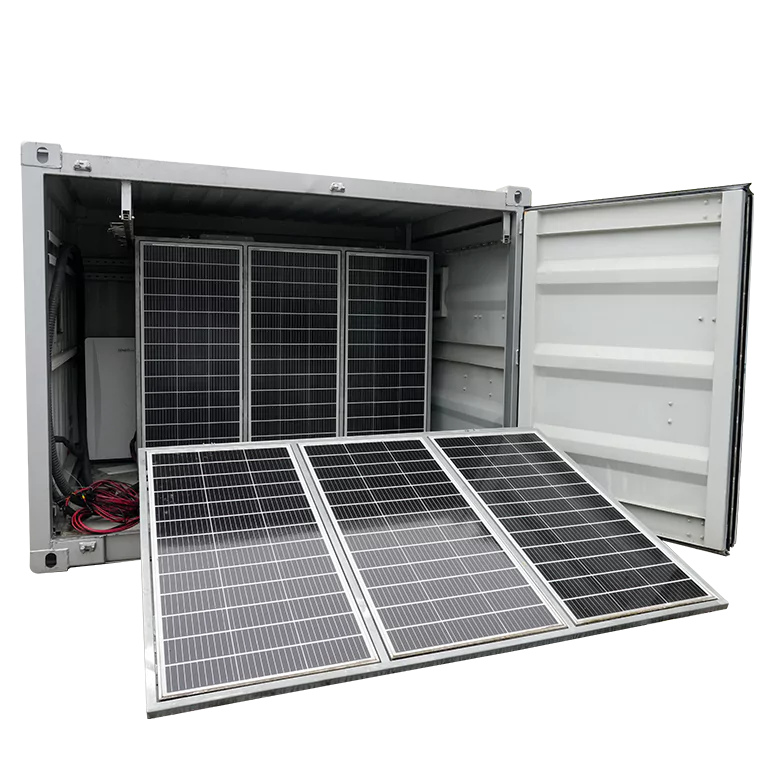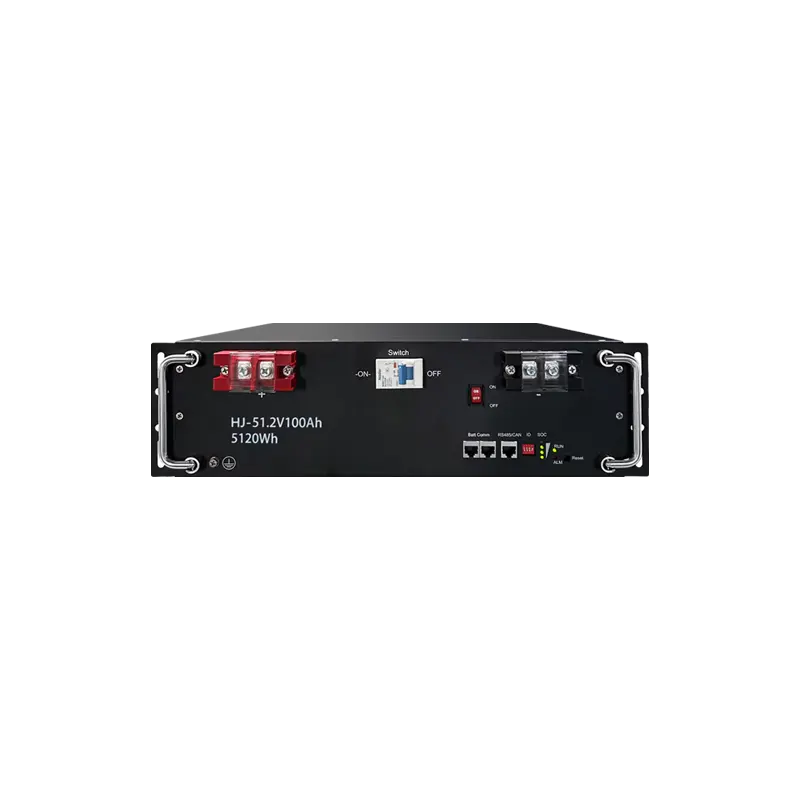What Is a Semi-Solid-State Battery? A Complete Guide
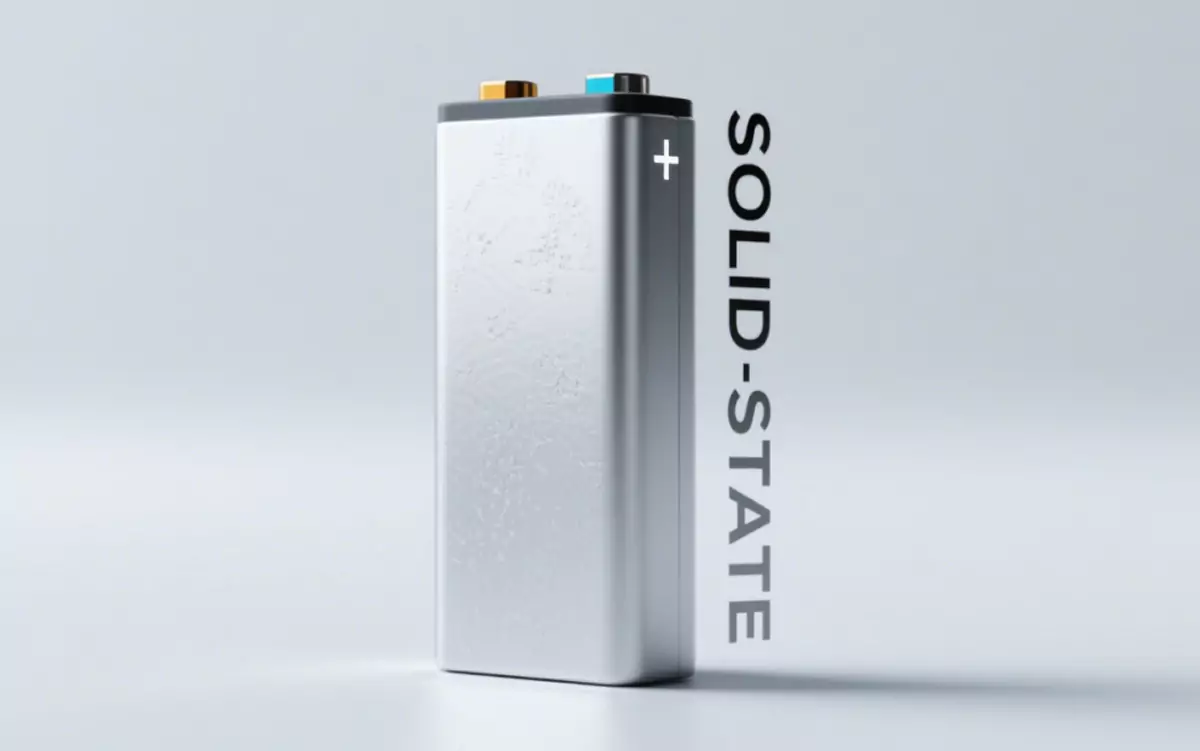
In the world of new energy, most electric vehicles (EVs) and energy storage systems still rely on lithium iron phosphate (LFP) or ternary lithium batteries — both of which are liquid-based. However, under extreme conditions like high temperature, pressure, collision, or physical damage, liquid batteries are prone to catching fire or even exploding. To enhance the safety of next-generation energy systems, governments are actively supporting the research and development of solid-state battery technology.
That’s where semi-solid-state batteries come into play. These batteries serve as a transitional step between today’s conventional lithium-ion batteries and future fully solid-state batteries. They use a semi-solid (or quasi-solid) electrolyte, which contains both liquid and solid components. The result is a gel- or paste-like material — somewhat like jelly — that offers moderate flowability and some mechanical strength.
I. How Are Semi-Solid Batteries Different from Traditional Lithium-Ion Batteries?
Semi-solid batteries replace the highly flammable liquid electrolyte with a jelly-like medium that reduces the risk of fire and improves safety while maintaining decent ionic conductivity. This structure also enables new material combinations that can boost performance.
II. Core Advantages of Semi-Solid-State Batteries
1. Improved Safety
The semi-solid electrolyte is less likely to leak or catch fire, even if the battery shell is damaged. With fewer organic solvents and more solid components, the battery becomes more resistant to ignition. Solid electrolytes can suppress lithium dendrite growth, reducing short circuits and thermal runaway.
2. Higher Energy Density
Improved safety allows the use of high-capacity anode materials like silicon or pure lithium metal. While traditional cells offer 250–300 Wh/kg, semi-solid batteries aim for 300–400 Wh/kg or more. Some prototypes have already exceeded 400 Wh/kg.
3. Wider Operating Temperature Range
Solid components in the electrolyte remain stable at higher temperatures and perform better in cold environments. Unlike liquid electrolytes that freeze or thicken in low temperatures, semi-solid batteries maintain stable performance.
4. Longer Cycle Life (Potential)
Suppressed side reactions and better mechanical stability may lead to longer battery life. Semi-solid designs can also better tolerate volume expansion in high-capacity anodes like silicon. However, lifespan still depends on material and manufacturing specifics.
III. Technical Challenges Facing Semi-Solid-State Batteries
Interfacial Resistance
Solid-solid contact between electrolyte and electrode is weaker than liquid-solid interfaces, which can increase resistance and reduce efficiency. Volume changes during charging can further degrade contact over time.
Ion Conductivity
While some solid electrolytes offer conductivity comparable to liquids, the overall system performance can decline due to interface resistance, especially during fast charging. Research continues to improve materials and interface engineering.
Manufacturing Complexity & Cost
Materials like sulfide-based electrolytes are expensive, and manufacturing processes for semi-solid cells are more complex than liquid-based ones. Applying gel electrolytes and ensuring consistent quality require new or upgraded production lines, adding cost.
Fragmented Technology Pathways
There is no universal solution. Variations in solid electrolyte types, liquid ratios, separators, and anode materials make it hard to standardize production. The technology is still evolving.
IV. Current Status and Market Adoption
Main Target: High-end electric vehicles, which demand higher energy density and safety, are the main focus.
Other Potential Applications: Consumer electronics, aerospace, deep-sea equipment, and large-scale energy storage systems.
Production & Deployment (2024–2025): Pilot-scale manufacturing has begun:
NIO ET7: Uses 150 kWh semi-solid battery (WeLion New Energy, 360 Wh/kg, 1000+ km range)
Voyah (Lantu): Powered by Ganfeng Lithium’s semi-solid battery
Seres: Using Ganfeng’s hybrid solid-liquid lithium battery
IM Motors: Adopting QingTao Energy’s semi-solid battery
Global efforts include QuantumScape (VW), Solid Power (BMW, Ford), SES, and ProLogium.
Outlook: 2025 may mark the tipping point for semi-solid batteries in premium EVs. Broader adoption is expected by 2030 as production costs decrease.
V. Looking Ahead: A Bridge to Fully Solid-State Batteries
Semi-solid-state batteries are a practical bridge between current lithium-ion technology and future fully solid-state cells. They deliver better safety and performance without the extreme manufacturing challenges of full solid-state batteries.
As research progresses, the proportion of liquid in these batteries will continue to drop, pushing them closer to true solid-state performance. With growing demand for longer range and safer energy storage, semi-solid batteries offer a realistic near-term solution that could accelerate the transition to a solid-state future.
Find Your Solar + Battery Storage Specialist Now!
* Fill out this form and our experts will help you find the perfect solar storage solution for your home or business.




